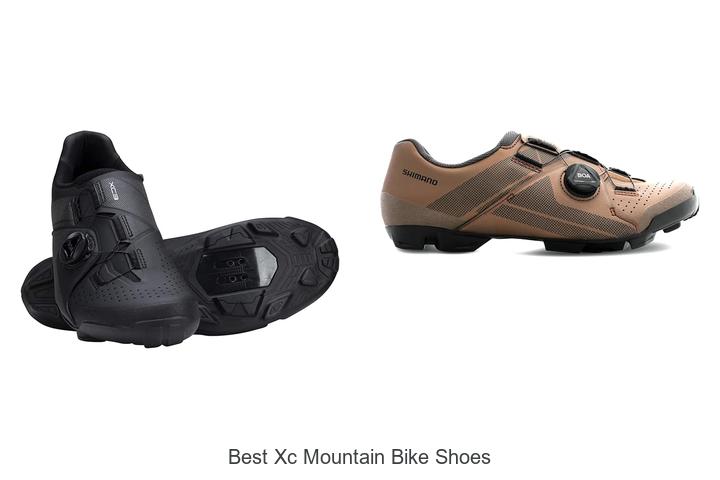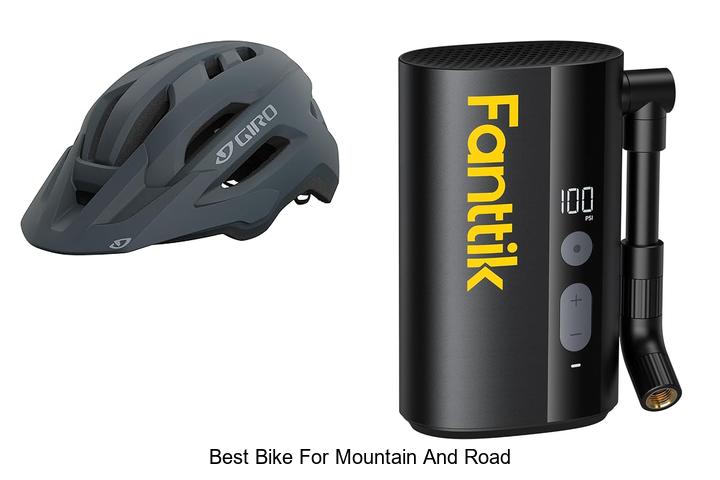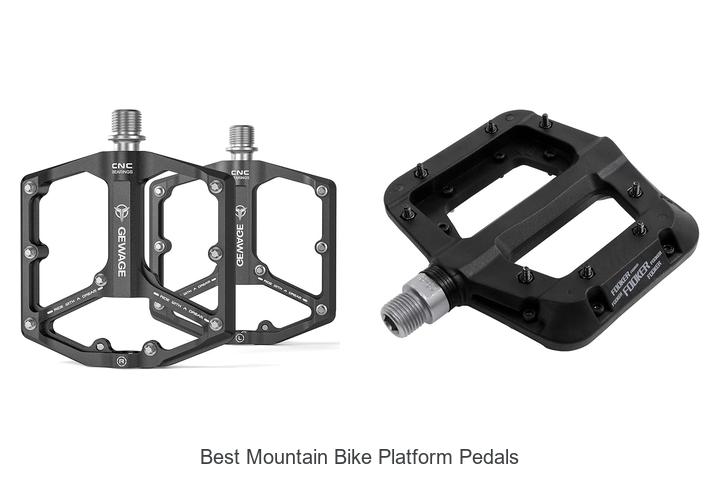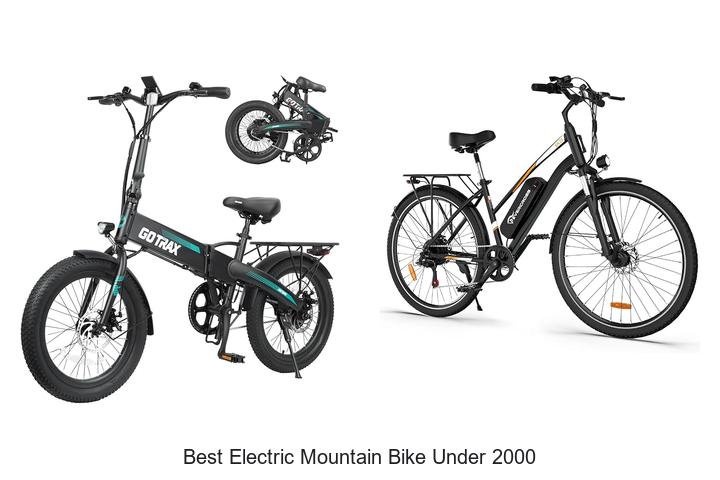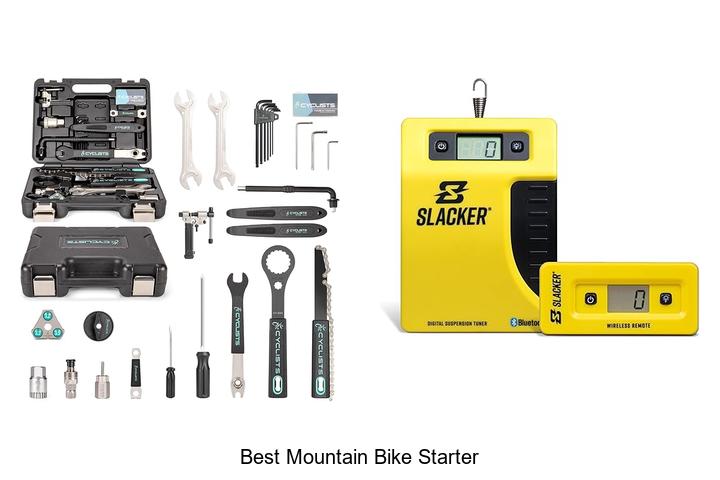What Size Mountain Bike Do I Need? Find Your Perfect Fit Guide
Key Takeaways
- Choosing the right mountain bike size is crucial for comfort, control, and injury prevention during rides.
- Accurate measurements of rider height and inseam length are essential for selecting the appropriate frame size.
- Consider your riding style and terrain preferences when choosing size, as aggressive or cross-country riding may require different fits.
- Use size charts as guidelines but confirm fit with test rides and adjustments to seat height and handlebar positioning.
- Frame geometry impacts fit and handling, so align bike size with your body proportions and riding intensity.
- Professional bike fitting can optimize comfort, performance, and trail experience beyond basic sizing.
Choosing the right mountain bike size can make all the difference in your riding experience. If your bike doesn’t fit properly you might feel uncomfortable or even risk injury. Knowing what size mountain bike you need helps you ride longer and enjoy every trail with confidence.
Mountain bikes come in various sizes designed to match different heights and body types. But it’s not just about your height—factors like inseam length and riding style also play a role. Getting the perfect fit means better control, improved performance, and more fun on every adventure.
Understanding Mountain Bike Sizes
Mountain bike size affects your riding comfort and control. Choosing the right size depends on specific measurements and sizing systems used in the industry.
Why Size Matters for Mountain Bikes
Size influences your ability to maneuver, pedal efficiently, and maintain balance. A bike that’s too large limits handling, while one that’s too small causes discomfort and reduced performance. Correct sizing minimizes strain on joints and muscles, preventing injuries during long rides. It also enhances your control over technical terrain and improves your overall trail experience.
Common Sizing Systems Explained
Mountain bike sizes typically use one of three systems:
- Inches (Frame Length): Measures the seat tube length in inches; common in older models and certain brands.
- Centimeters (Frame Size): Uses metric units for seat tube height; popular in European and high-end bikes.
- S, M, L, XL (General Sizing): Represents small to extra-large sizes based on rider height and inseam. This system simplifies selection but varies by manufacturer.
Each sizing system links to rider height and inseam guidelines, but verifying with test rides or professional fitting ensures precision. Your riding style also affects size preference, favoring either a tighter fit for aggressive rides or a roomier frame for comfort.
Factors to Consider When Choosing Your Mountain Bike Size
Choosing the right mountain bike size involves several key factors that influence comfort, control, and performance. Understanding these elements ensures you select a bike that fits your body and riding needs precisely.
Rider Height and Inseam Measurement
Measure your height and inseam accurately to determine your ideal frame size. Height guides your general size category (S, M, L, XL), while inseam length impacts standover clearance and seat height. For example, a rider 5’8″ with a 30-inch inseam typically fits a medium frame with 17-18 inches frame length. Ensure at least 2 inches of clearance between your inseam and the top tube to avoid discomfort and enhance maneuverability.
Riding Style and Terrain Preferences
Match your bike size with your riding style and terrain to optimize control and efficiency. Aggressive downhill riders benefit from slightly larger frames for stability at speed, while cross-country riders prefer smaller, lighter frames for agility. Trail riders often select a balanced fit that offers comfort over varied terrain. Choose a size that supports your primary terrain, such as rocky trails requiring more control or smoother paths emphasizing speed.
Frame Geometry and Its Impact
Frame geometry shapes your riding position and handling characteristics, affecting the size you choose. Longer top tubes offer a stretched posture for fast descents, while shorter top tubes enable upright positions for technical climbs. Consider head tube angle, seat tube angle, and reach dimensions—key parameters that vary with frame sizes. Adjust your size preference if the geometry complements your riding intensity and body proportions, ensuring a setup optimized for control and comfort.
How to Measure and Determine the Right Size
Selecting the right mountain bike size starts with accurate measurements and informed use of sizing tools. Precise data and practical testing ensure a bike that fits your body and riding style.
Using Size Charts Effectively
Use size charts as a primary reference by matching your height and inseam length to recommended frame sizes. Measure your inseam by standing barefoot with feet 6-8 inches apart and measuring from the floor to the crotch. Compare inseam measurements with the chart’s frame height or standover clearance values for best results. Confirm that chart recommendations align with your riding style; for example, choose a slightly smaller frame for nimble cross-country riding or a larger frame for downhill stability. Treat size charts as guidelines, not rules, and check manufacturer variations since frame geometry differs across brands.
Tips for Testing Mountain Bike Fit
Test the bike in person to confirm comfort and control. First, ensure at least 1-2 inches of clearance between your crotch and the top tube when standing over the bike to avoid injury. Sit on the saddle and place your feet flat on the ground; your knees should slightly bend when the pedals reach the lowest point to maximize pedaling efficiency. Check reach by extending your arms to the handlebars; they should allow a relaxed bend in your elbows without overreaching. Take the bike for a short ride if possible, evaluating steering response, seating comfort, and pedal stroke. Adjust saddle height and handlebar position to refine the fit. If unsure, seek a professional bike fitting for personalized alignment with your anatomy and riding preferences.
Adjustments Beyond Frame Size
Choosing the right frame size sets the foundation, but fine-tuning your mountain bike improves comfort and control. The following adjustments create a personalized fit that enhances performance on the trail.
Seat Height and Positioning
Your seat height affects pedaling efficiency and joint comfort. Adjust the saddle so your leg has a slight bend (about 25–30 degrees) at the knee when the pedal is at its lowest point. Sitting too high causes hip rocking and loss of power; too low increases knee strain. Position the seat horizontally to center your knee over the pedal spindle for balanced force and stability during climbs and descents. Make small adjustments incrementally and test ride to find your optimal seating.
Handlebar Height and Reach
Handlebar height influences your posture and bike handling. Set bars level with or slightly higher than the saddle for comfort during longer rides, or lower them for aggressive control on technical terrain. Adjust reach by changing the stem length or handlebar position; your arms should have a slight bend with relaxed shoulders. Too much reach causes overstretched arms and fatigue; too little reduces steering precision. Fine-tune these settings based on your riding style to maintain control and reduce upper body strain.
Conclusion
Choosing the right mountain bike size is key to unlocking your full riding potential. When your bike fits well, you’ll feel more confident, comfortable, and in control on every trail. Don’t rush the process—take the time to measure accurately, test ride, and adjust components like saddle and handlebars to suit your style.
Remember, a properly sized bike isn’t just about numbers; it’s about how the bike feels and responds to you. Investing in the right fit means more enjoyment, better performance, and fewer injuries. So, trust your instincts, use the sizing tools available, and get ready to ride with confidence.
